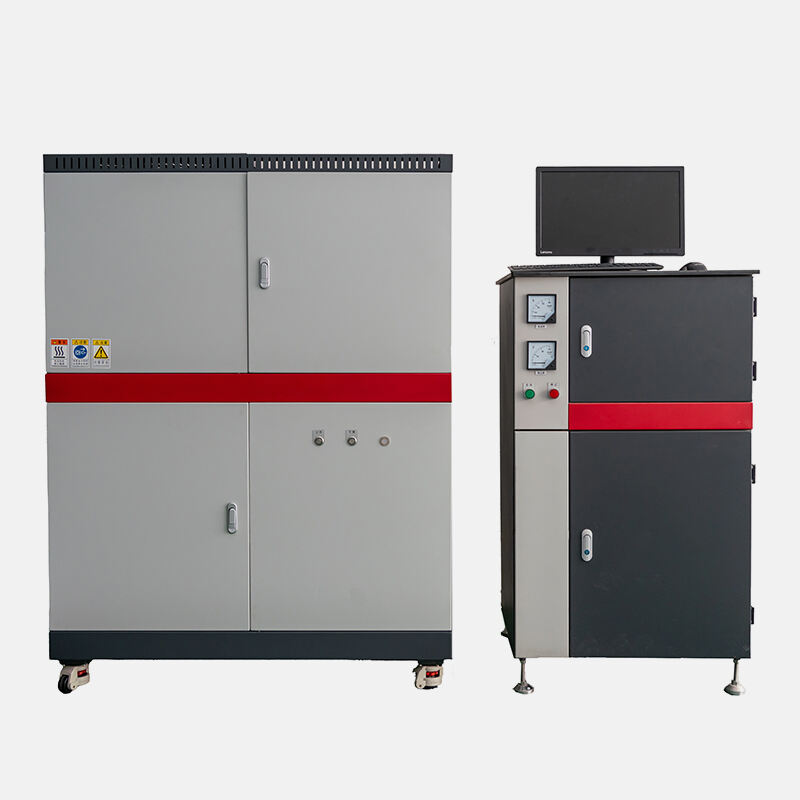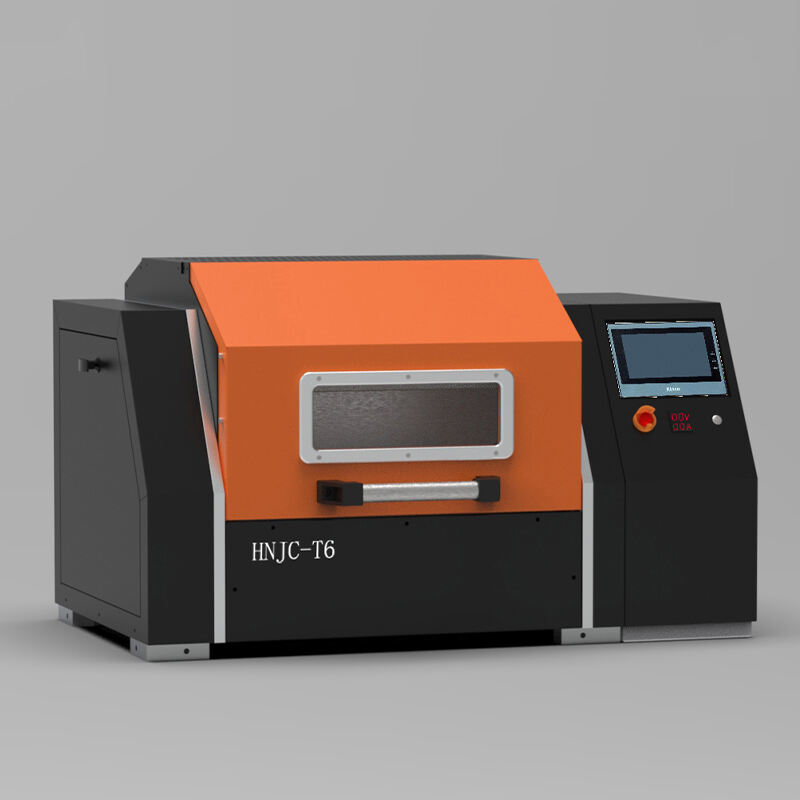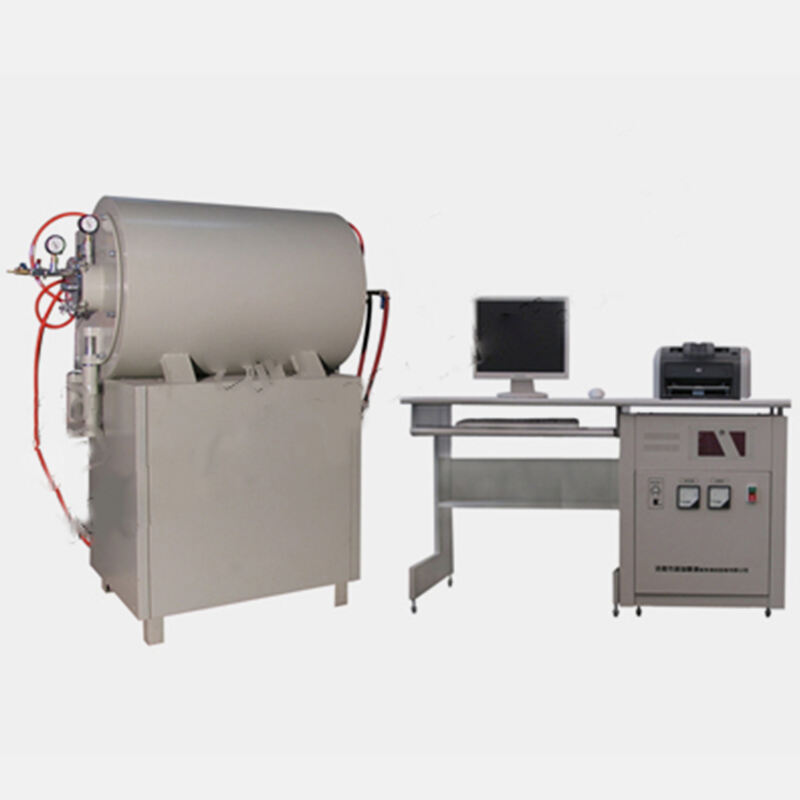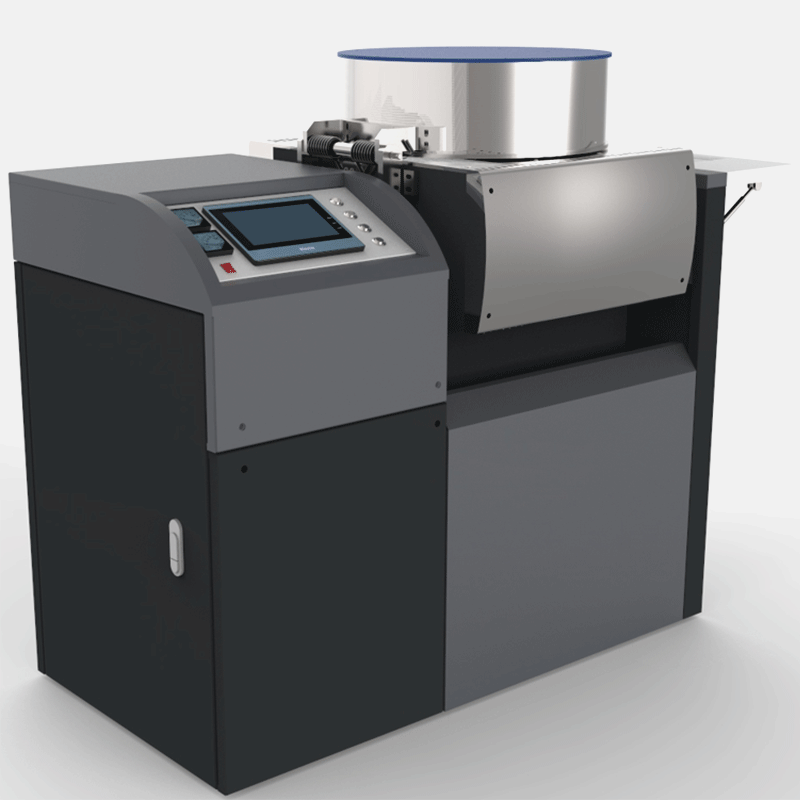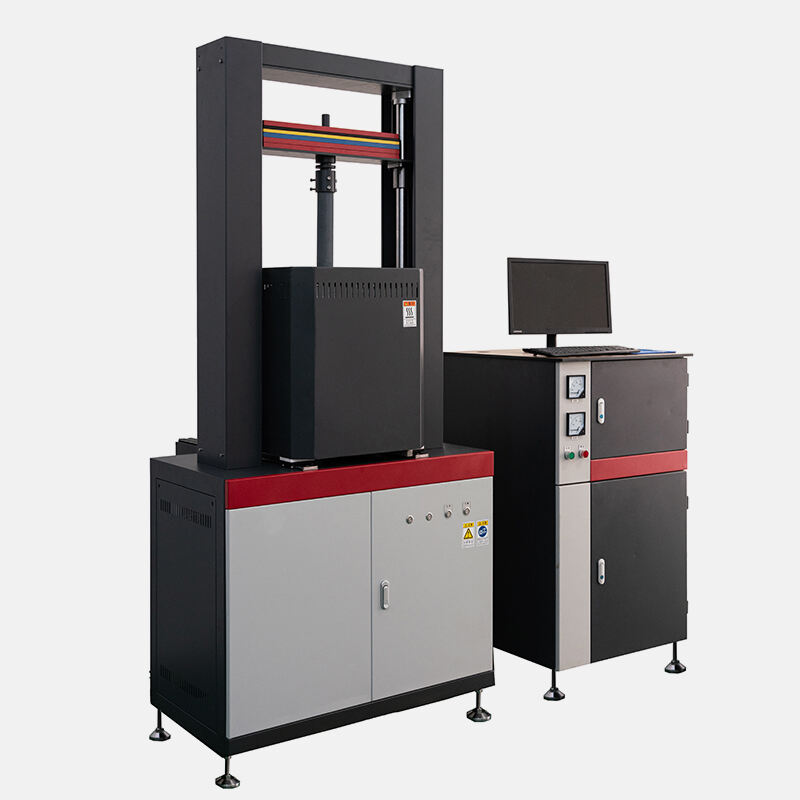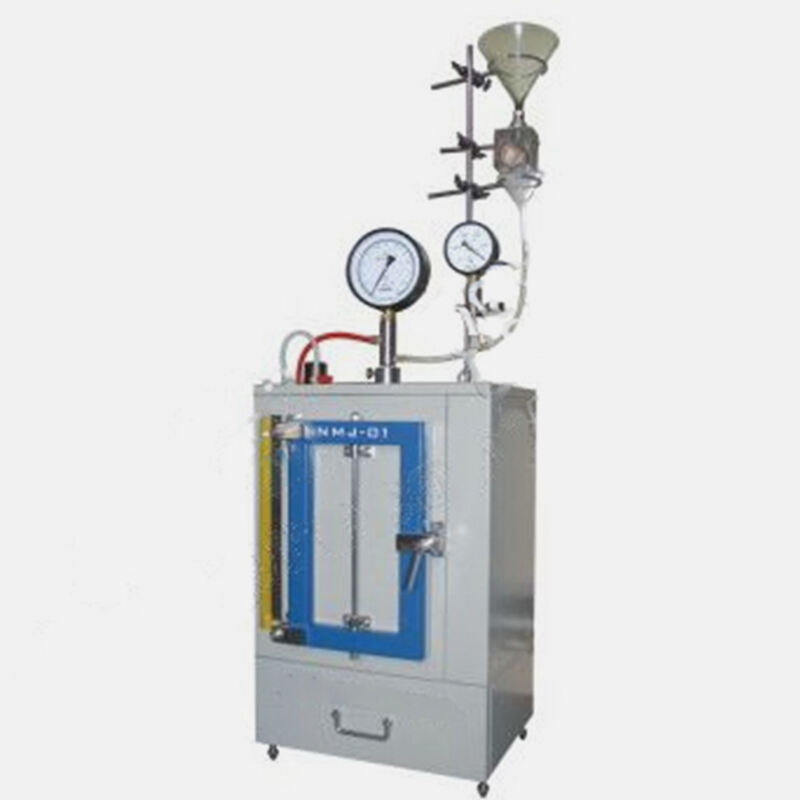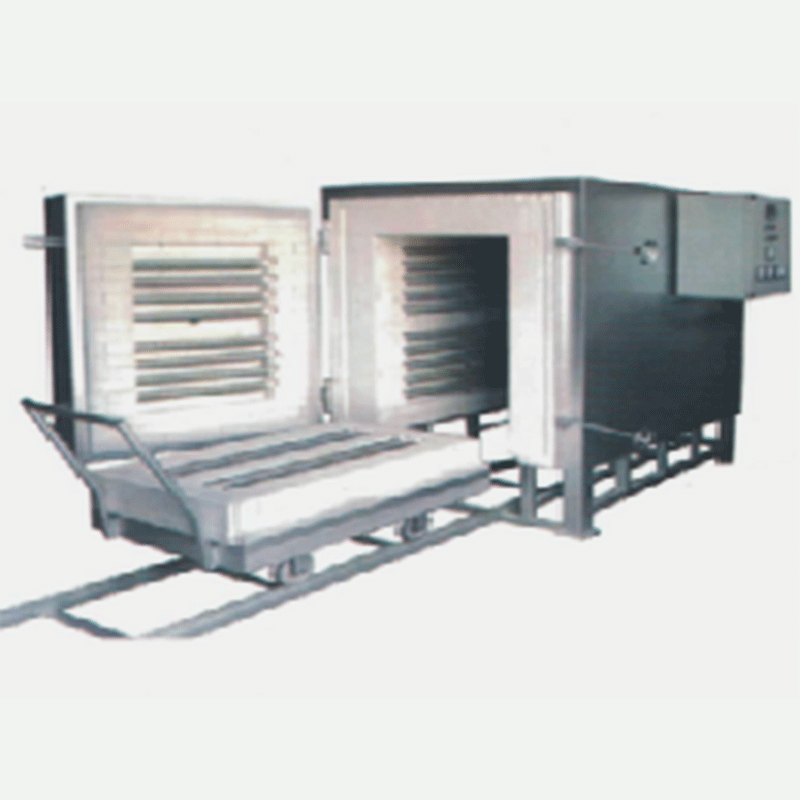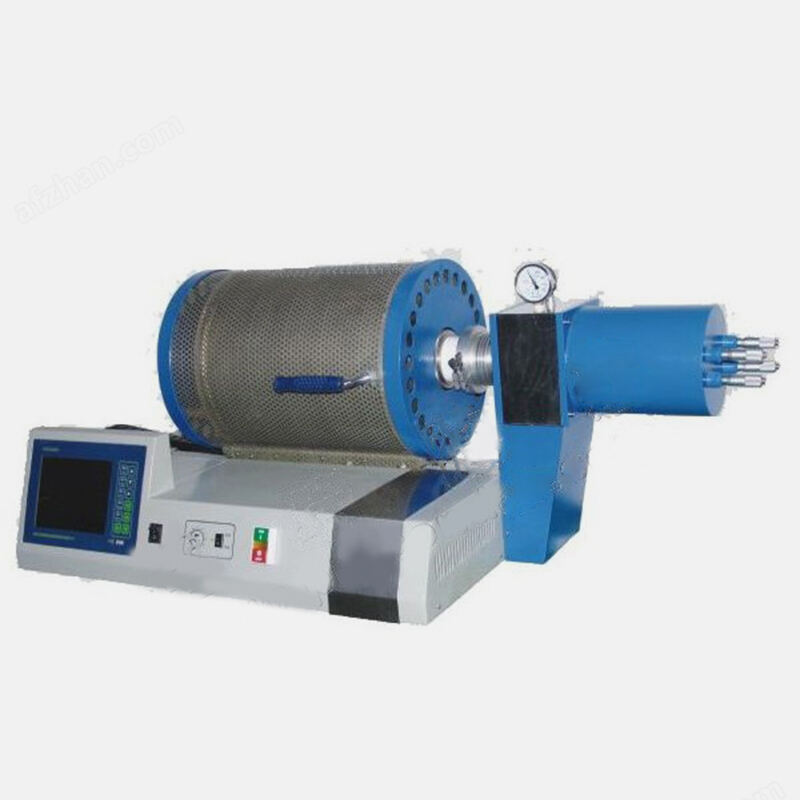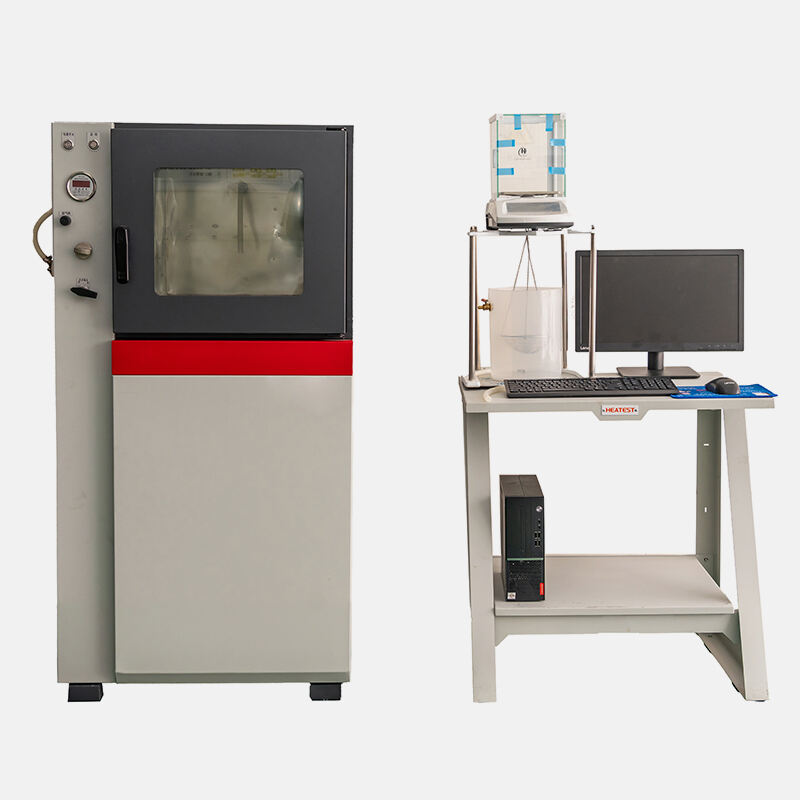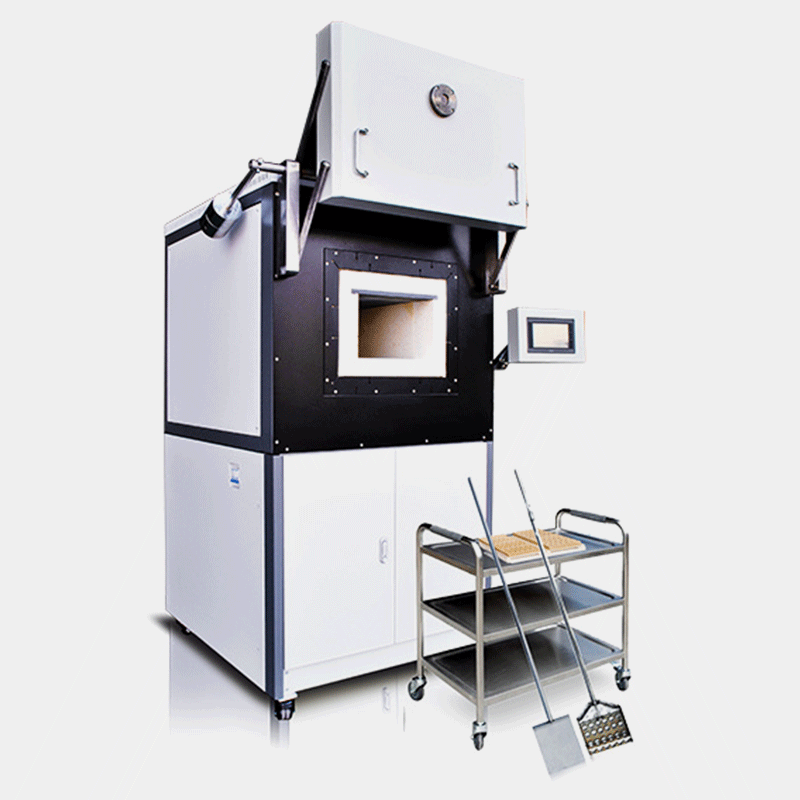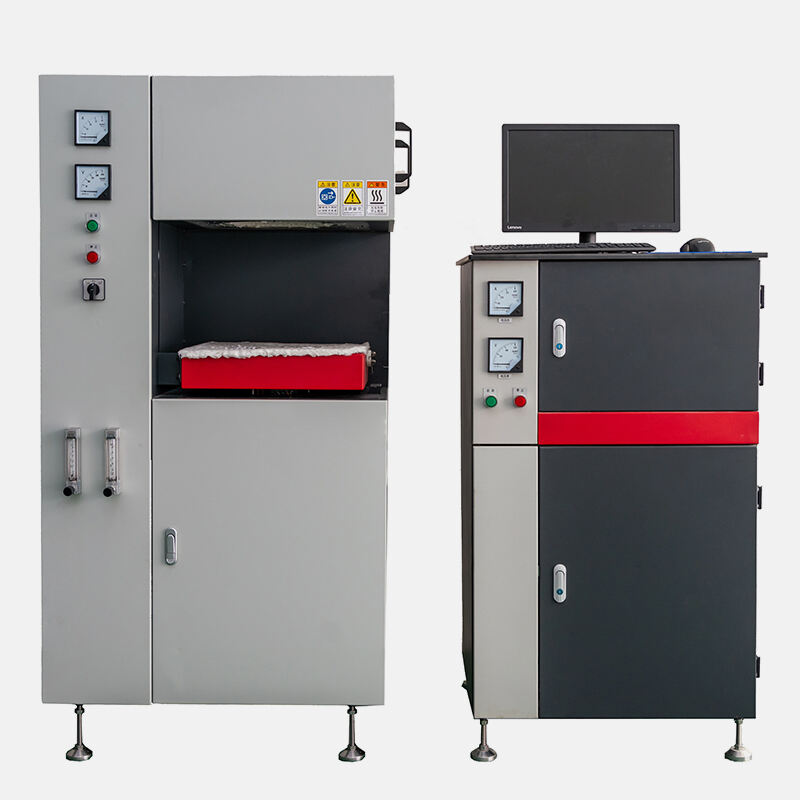Why does the XRF Fusion machine add a mold lubricant during the melting process?
The main reason for adding mold lubricants during the melting process is that the molten glass melt has a tendency to adhere to or infiltrate the crucible and mold, which causes the melt to stick to the mold and sometimes even causes cracks. In order to solve this problem, it is necessary to select a suitable release agent to help the melt to be smoothly separated from the crucible and mold. The role of the xrf Analysis Solvent is to form a lubricating layer between the mold and the melt, reducing the adhesion between the two, so that the melt can be easily removed from the mold to avoid cracking or damage.
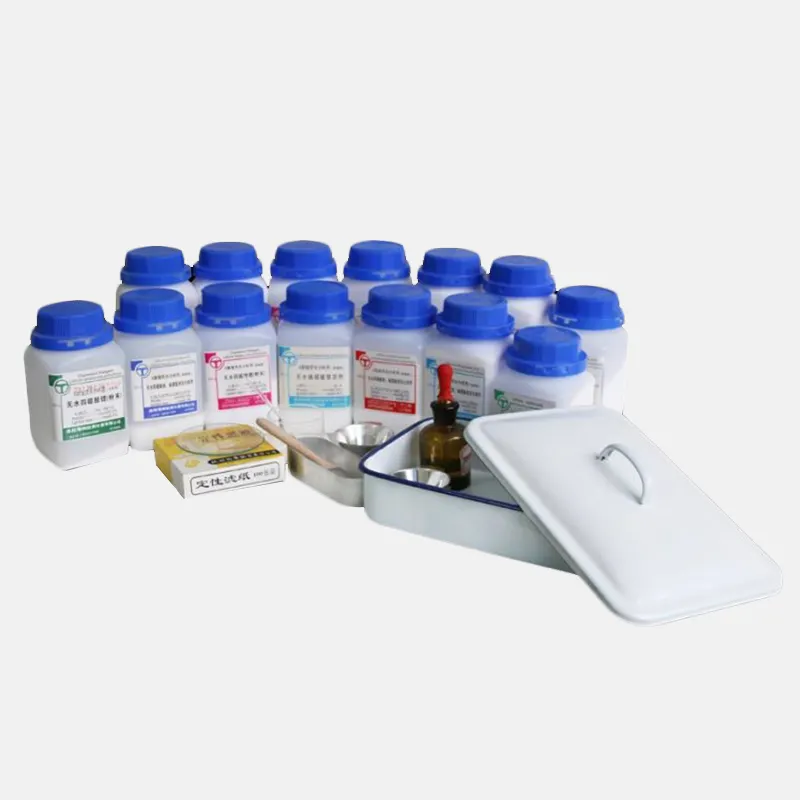
There are many types of mold lubricants, including but not limited to resins, polysiloxanes, petroleum products, and fluorinated polymers. These release agents can form a tight and firm release film, effectively forming a layer of lubricant film or vapor between the mold and the plastic product to assist the demolding process. In addition, internal mold lubricants, such as metal soaps and stearates, oleic acid, organic phosphites, silicone oils and waxes, can be precipitated from the inside during the demolding process and evenly distributed on the surface of the plastic product, further reducing the friction between the mold and the plastic product and improving the demolding efficiency.
In summary, adding a Analysis Solvent is an indispensable step in the melting process. It can not only prevent the melting piece from adhering to the mold, but also improve production efficiency and product quality.
Recommended Products
Hot News
-
The trusted choice of African mining giants! Nanyang JZJ Testing injects refined "core power" into Zimbabwe's gold mining industry.
2025-12-08
-
Working principle and application range of ambient temperature abrasion tester
2025-11-07
-
The main reagents used in fire assay and their functions
2025-10-13
-
Let you know about fire assay ash blowing furnace
2025-09-23
-
Refractoriness under load (RUL) and creep in compression (CIC) testing machine common troubleshooting
2025-08-25
-
How to use X-ray fluorescence fusion machine in refractory industry?
2025-08-18
-
What materials are suitable for high temperature muffle furnace testing?
2025-08-14
-
Working together to create a better future: Indian partner Ants Prosys visits JZJ Testing's production base
2025-08-04
-
Automatic mold melting machine - innovative equipment to improve experimental efficiency
2025-07-22
-
Operation method and precautions of high temperature expansion instrument
2025-07-14

 EN
EN
 AR
AR
 BG
BG
 FR
FR
 DE
DE
 HI
HI
 IT
IT
 PL
PL
 PT
PT
 RU
RU
 ES
ES
 TL
TL
 IW
IW
 ID
ID
 UK
UK
 VI
VI
 TH
TH
 TR
TR
 FA
FA
 MS
MS
 UR
UR
 BN
BN
 KM
KM
 LO
LO
 PA
PA
 MY
MY
 KK
KK



